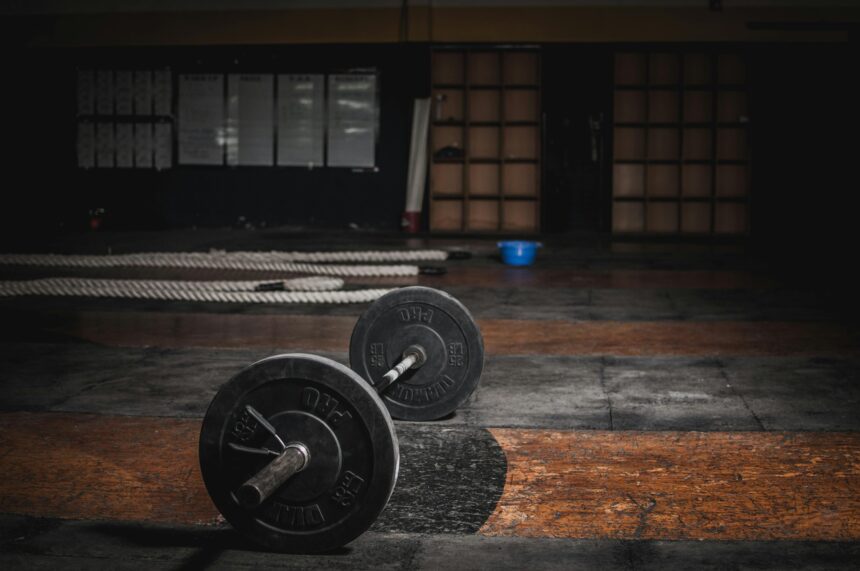Starting a workout regimen is one of the most effective health decisions you can make at any time in your life. Whether you’re in your twenties navigating early adulthood or in your sixties looking to improve your longevity and mobility, movement is still an essential component of wellness.
While fitness may appear to be reserved for a specific age group (often younger individuals in gyms), the truth is that your body is designed to exercise at all stages of life. What counts most is not how quick or strong you are at the beginning, but how regularly you show up for your body with intention, compassion, and awareness.
Start With the Right Mindset
Before you lace up your sneakers or lay out a yoga mat, your head must be in the correct place. If you regard exercise as a punishment or something you “have to” do, it becomes tough to maintain.
The transition begins with the recognition that fitness is a form of self-respect. It is something you do to honor your body by giving it strength, mobility, and endurance. Knowing why you want to start whether it’s for more energy, better sleep, weight loss, or managing health conditions like high blood pressure or diabetes is your fuel.
When motivation is low, your “why” serves as a reminder. It keeps you in place on days when you don’t want to move. When your motivation is self-care rather than shame, it becomes something you eagerly anticipate.
Everybody Has a Starting Point
If you’re in your 20s or 30s and haven’t worked out in a while, start with bodyweight exercises, short jogs, or dance sessions at your current level, not where you were five or ten years ago. Comparing your current self to your younger self can quickly become discouraging. Instead of jumping into high-intensity workouts because you think that’s what fitness should look like, focus on what feels manageable.
If you’re in your 40s or 50s and experiencing stiffness or low energy, try low-impact workouts like walking, swimming, or resistance band routines.
Gentle movement, such as tai chi, chair yoga, water aerobics, or light strength training, can help you build stamina and improve joint health if you’re 60 or older. What counts most is consistency starting slow and staying steady.
MUST READ:Feeding habits that boost physical fitness
Balance Is the Foundation of a Lifelong Routine
A well-rounded workout routine strives to support your entire body rather than just one area. Cardio workouts, such as vigorous walking or cycling, are great for your heart and lungs. Strength exercise helps to maintain and grow muscle, which is important as you become older, especially if your metabolism slows.
Flexibility exercises help reduce stiffness and enhance movement. Balance-focused activities, such as tai chi or simple stability drills, can help prevent falls and improve body control.
When all of these variables come together, you’re not just practicing for a season, but for your entire life. Even performing a small amount of each throughout the week has an impact on your overall health.
Pain and Discomfort Are Not the Same
One of the most common mistakes people make, particularly as they age, is to push through pain. It’s critical to understand the distinction between muscle tiredness and severe pain. A decent workout should challenge you without leaving you hobbling, suffering, or unable to move for days.
Pain is the body’s way of expressing an injury or stress. Listening to it can help prevent long-term damage.
Discomfort from exertion is normal, especially when you’re just getting started. But pushing through joint pain, chest tightness, or dizziness is never worth the risk. Respecting your body’s limits doesn’t mean you’re weak it means you’re smart enough to avoid setbacks.
Create a Schedule That Matches Your Lifestyle
Your routine must be tailored to your actual life rather than an idealized version. If your schedule just allows you 15 minutes of moving in the morning, that’s plenty to get started. If evenings are the only time you have available, structure your routine around that.
Some people thrive on structured fitness routines, whereas others like diversity. The main thing is to identify times during your day when you can move without interruption or guilt.
Treat those windows as if they were appointments that could not be missed. Over time, these tiny commitments become habits, which transform your body and mindset.
Nutrition and Hydration Play a Key Role
Exercise without sufficient nourishment is similar to driving a car without fuel. Your body requires the proper macronutrient balance to maintain energy and recuperation. Protein aids muscle repair and growth, while healthy carbohydrates supply energy and good fats promote joint and hormone health.
Staying hydrated is just as important. Water regulates body temperature, increases circulation, and promotes healing. As you increase your physical activity, make sure to fuel your body with full, nutritional foods that complement your fitness goals. Skipping meals or adopting severe diets can jeopardize your efforts and leave you exhausted.
Final Thoughts
Fitness is not a race,it’s a lifelong relationship with your body. Whether you’re starting for the first time or returning after years away, the best time to begin is now. No matter your age, your body is capable of incredible transformation through gentle, consistent care.
Approach it with patience, prioritize progress over perfection, and stay connected to your reasons for moving. In the end, it’s not just about physical strength it’s about living fully, aging gracefully, and feeling good in your own skin.


